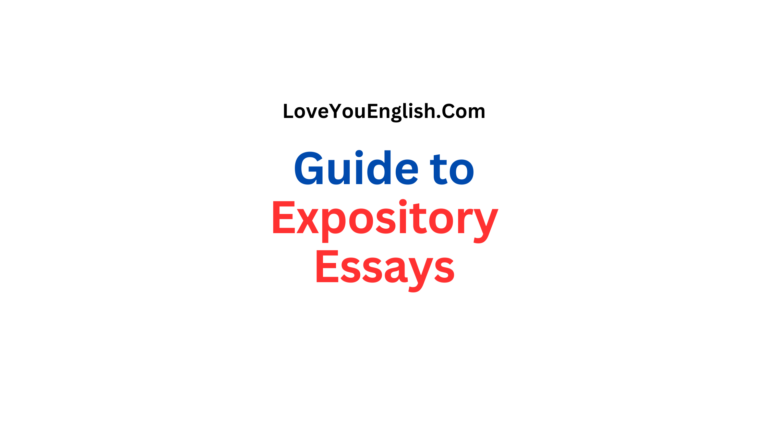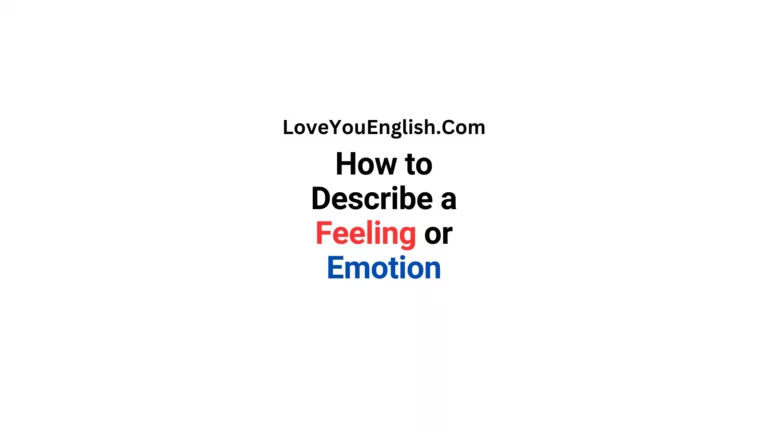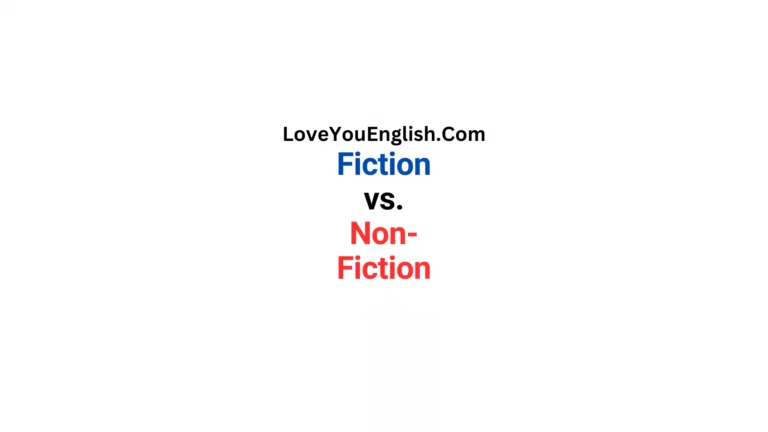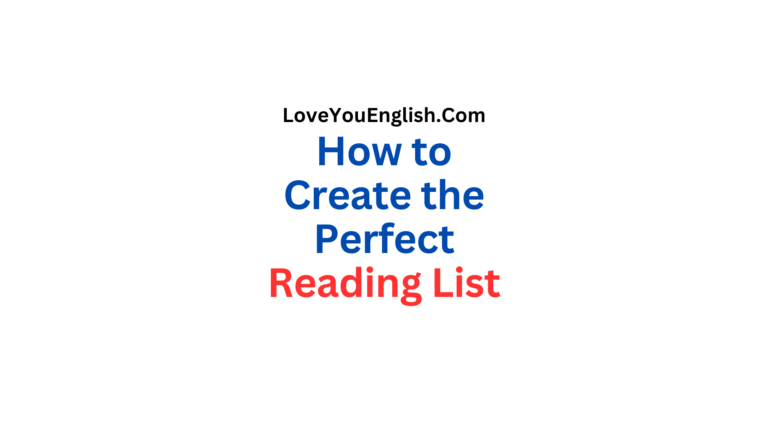How to Read Faster and Understand Better
Do you find yourself staring at the same page for minutes, not retaining what you read?
Or maybe you wish you could get through books, articles, or reports faster but still understand everything clearly.
If so, you’re not alone! Many people struggle with reading quickly while also keeping track of the details.
But don’t worry – it’s possible to improve both your reading speed and comprehension.
In this post, I’ll go over practical tips and strategies that can help you become a faster and more efficient reader, without losing the meaning of what you’re reading.
Why Is Reading Faster Important?
Before diving into how to read faster, let’s first talk about why it matters.
In today’s fast-paced world, we are constantly bombarded with information, and we often need to process a lot of content in a short amount of time.
Whether it’s for studying, work, or personal growth, reading faster allows us to stay on top of tasks without getting overwhelmed.
However, speed should never come at the cost of understanding. The goal is to balance both – read faster, but still absorb the key ideas.
After all, what’s the point of reading fast if you can’t remember anything? So let’s explore how you can achieve this perfect balance.
1. Preview the Text Before Reading
One of the easiest ways to boost your reading speed is by previewing the text first. Before you dive into the actual reading, take a moment to look through the headings, subheadings, and any highlighted or bolded text. Skim the introduction or conclusion if available. This will give you a rough idea of the topic, structure, and key points in the text.
Think of this as a roadmap. You wouldn’t drive somewhere without looking at the map, right? By previewing, you can mentally prepare for what’s coming, which will help you read faster and understand better.
2. Minimize Subvocalization
Subvocalization is when you “say” the words in your head as you read them. While this may seem natural, it can slow you down. Studies show that we tend to read at the speed of our inner voice, which is typically much slower than we could read without it.
To speed up, try to reduce subvocalization. Instead of reading every word in your head, focus on understanding groups of words or sentences. Some people even use their finger or a pen to guide their eyes along the text. This keeps your eyes moving more quickly and forces you to pay attention to the meaning rather than getting stuck on individual words.
3. Practice Reading in Chunks
Our eyes don’t need to read every word to understand the meaning of a sentence. Instead, we can read several words at once. The more you train your eyes to take in larger chunks of text, the faster you’ll read.
Start by focusing on reading groups of words, not individual words. For example, instead of reading “The quick brown fox jumps over the lazy dog,” try reading “The quick brown fox” as a single chunk. Your eyes should move smoothly across the text without pausing for every word. Over time, you’ll increase your ability to process bigger chunks, and your reading speed will improve.
4. Eliminate Distractions
One of the main reasons we read slowly is because of distractions. Whether it’s checking your phone, thinking about other tasks, or trying to read in a noisy environment, these interruptions slow you down and make it harder to focus.
To read faster and understand better, it’s crucial to eliminate distractions. Find a quiet, comfortable place to read where you can focus entirely on the text. Turn off notifications on your phone or computer, and give yourself some time without any interruptions. The more focused you are, the faster you can process the information.
5. Use a Pointer or Guide
Another technique to improve reading speed is using a pointer or guide. This could be your finger, a pen, or even a ruler. By following the text with your pointer, your eyes will naturally move faster, and you’ll be less likely to get distracted or lose your place.
This technique forces your brain to focus on the task at hand and prevents you from “back-skipping,” which is when you unintentionally re-read lines you’ve already covered. Using a guide can also help you build momentum as you get into a rhythm, making reading feel smoother and faster.
6. Improve Vocabulary and Background Knowledge
If you’re constantly stopping to look up words or concepts, it’s going to slow you down. To read faster and understand more, it’s important to build your vocabulary and background knowledge. The more familiar you are with the subject, the less time you’ll spend figuring out the meaning of unfamiliar terms.
When you encounter new words, take a moment to understand their meanings, but don’t get bogged down by every single unfamiliar word. As you read more on a particular topic, you’ll become more comfortable with the language used and improve your ability to grasp ideas quickly.
7. Focus on the Main Ideas
Sometimes, we get caught up in trying to read every detail of a text, but this can slow us down. Instead, try to focus on the main ideas. What’s the purpose of the text? What’s the author trying to communicate? Pay attention to key points, arguments, or conclusions, and don’t worry about remembering every small detail.
When you focus on the bigger picture, you can read faster without getting lost in the weeds. If you need more details, you can always go back to specific sections later.
8. Practice Active Reading
Active reading is when you engage with the material while you read. Instead of passively absorbing information, ask yourself questions, make predictions, and summarize what you’ve read as you go. This helps you stay focused and better understand the text.
You can take notes, highlight important points, or even write a brief summary at the end of each section. This will reinforce what you’ve learned and help you retain the information. Active reading also keeps your brain engaged, which makes it easier to read faster without losing comprehension.
9. Set a Purpose for Your Reading
Before you start reading, ask yourself why you are reading. Are you reading for entertainment, information, or study? Setting a clear purpose will help you focus on what’s important and avoid getting lost in unnecessary details.
For example, if you’re reading a research paper for school, your goal might be to understand the main argument and evidence, not to memorize every fact. Having a purpose in mind will guide your reading, helping you stay on track and speed up your process.
10. Practice Regularly
As with any skill, the more you practice reading, the better you will become. Reading regularly will help you build speed and improve your comprehension over time. Start with easier materials, and gradually challenge yourself with more complex texts.
You can also set a timer to track your progress. For example, try reading a passage in 10 minutes, then see how much faster you can read the same passage in 5 minutes. This will help you push yourself to read faster while maintaining understanding.
11. Take Breaks and Rest Your Eyes
While it might seem counterintuitive, taking regular breaks can actually help you read faster and understand more. Reading for long periods of time without rest can lead to eye strain and fatigue, which can decrease your focus and comprehension.
Try using the Pomodoro Technique: read for 25 minutes, then take a 5-minute break. After four sessions, take a longer 15-20 minute break. This method will help keep your mind fresh and your reading speed up. During your breaks, rest your eyes by looking away from the screen or book and focusing on something distant.
12. Speed Reading Tools and Apps
There are also a number of tools and apps designed to help improve your reading speed. Some apps use techniques like flashing words on the screen or guiding your eyes in specific patterns to help you read faster.
While these tools can be helpful, remember that speed reading is a skill that takes time to develop. Use these tools alongside the techniques mentioned above, and with practice, you’ll notice an improvement in both your reading speed and comprehension.
Conclusion
Reading faster and understanding better is a skill that anyone can develop with time and practice.
By previewing the text, minimizing distractions, focusing on the main ideas, and using techniques like chunking and active reading, you can become a more efficient and effective reader.
Remember, the key is to balance speed and comprehension. The faster you read, the more material you can cover, but it’s important to retain the information and understand the main ideas.
So, start practicing today, and with consistent effort, you’ll see yourself becoming a faster, smarter reader in no time!
Happy reading!








